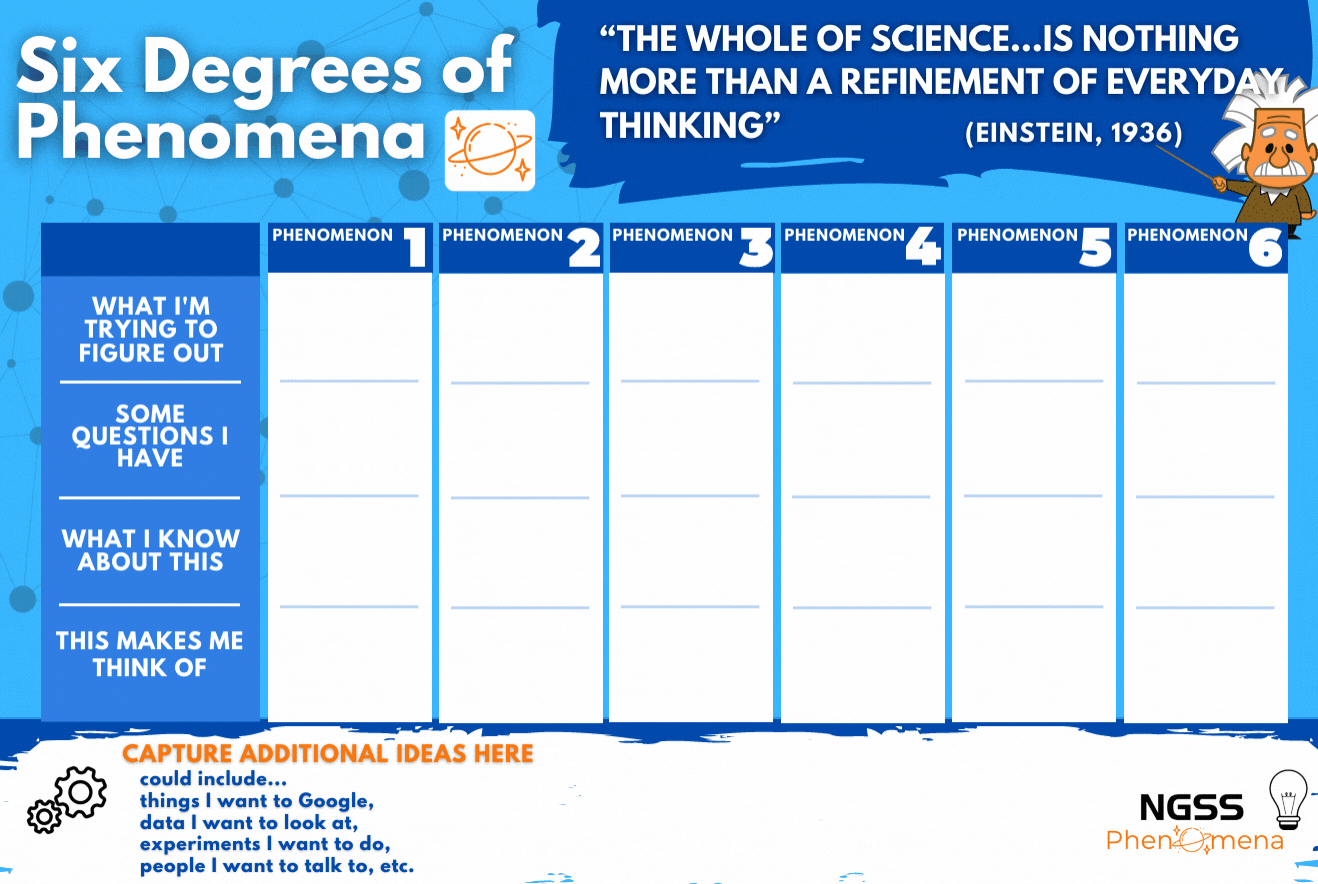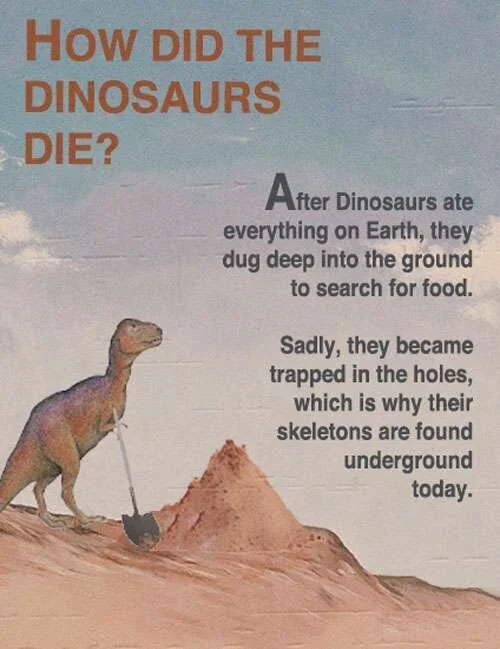Wait - what even is a derecho?!?!
Welcome to the Virtual Science Education blog post. People are sending children PDF packets and online videos and calling that science. We prefer actually doing science with, well, anybody - your children, your parents, your neighbors, your friends, or for some stimulating individual time - to explore the world around you.
Hold on, I’m not sure I know much about air and probably less about a derecho. That’s okay, our goal is to provide some supportive discussion around your thinking to allow us to organize our ideas and ask deeper and more complex questions.
Let’s start with the image below.
What could have happened here? What questions do you have?
This photo was taken in Eastern Iowa of some silos that are usually used to store grain. How could we possibly explain the way they look now?
Global Winds
What even is wind?
When was the last time you saw wind? Have you ever seen wind? Maybe it was a kite or a piece of paper tumbling down the road or dust floating in the light outside your window. We can see that stuff, but what is wind? Is it made of something as well?
When something starts to move, there is usually something that CAUSES the EFFECT we see - like a foot kicking a soccer ball. Is there some kind of “foot” equivalent that kicks the wind?!?!? What could make the wind start moving? And what keeps it moving? What makes it stop?
If air is everywhere what are the blue areas on the globe on the left and what are the green areas? What could be happening where we can see both the green and the blue in the visualization?
A gentle breeze, blowin’ in the wind, Run like the wind, Wind beneath my wings…
So many songs and common phrases talk about the wind, describing it in hundreds of different ways - but why such a focus on wind? How many different ways can you think of to describe the wind? It could be song lyrics, things you have felt yourself, ways you have heard family or friends describe wind, anything!
We can observe the effect of wind in a lot of ways and at different scales - the silos are huge but a piece of dust is small - yet there is a pattern underlying what we see. Something moves! This movement associated with wind has intrigued people around the world.
In history, wind was often thought of as being caused by the gods. Many groups including the Greeks, Romans, Japanese, and tales of Norse mythology tried to describe and explain the wind. They often tried to predict it and harness it for power and transportation.
“You find out the strength of a wind by trying to walk against it, not by lying down.” -C. S. Lewis
Storytellers, scientists and regular people all work with observations and questions to understand complex events. Especially events that seem inexplicable, after all, there has to be some way to explain them. Let’s keep digging and see how people who describe weather think about wind.
Understanding Wind Can Help Us Think About The Weather
Meteorologists are always looking for patterns in the weather to help them identify weather patterns so they can better understand what conditions will be like now, and in the future.
They are constantly trying to keep track of where weather patterns are, and where they might go next.
Looking at the chart to the right - what is this telling us? What are the colors? What is along the bottom? Where is the wind the strongest? Is the storm growing? Spreading out? Shrinking?
Scientists use charts like this as a way to ask questions and progressively build their understanding of complex events in the world. What is this chart missing? What other data should be included to help understand and explain what happened with this derecho on August 10th, 2020?
Okay - HOw can we move from describing to measuring the wind?
This was recorded by an Iowa State Trooper in E. Iowa today (8/10/20) during a catastrophic Derecho. K9 Falo (Ret) @K9Falo (Link to Tweet)
If wind is just moving air, then how do can we describe it beyond cheesy song lyrics and semi-romantic poems?!?!
WE NEED SCIENCE!!!!
The looping image on the left was recorded by a State Trooper in Iowa during the derecho on August 10th, 2020. What is happening with his radar? What is it even measuring - can this help us think about what wind is?
Wait - although this is a pretty cool way to use a tool to measure the wind, it is only measuring what is happening at one place. And, it seems like the number on the detector changes a lot.
NOAA's Storm Prediction Center says the derecho tracked about 770 miles in 14 hours. Just over three dozen locations had wind gusts over 74 mph, mostly in Iowa and northern Illinois, while multiple locations in Iowa clocked wind gusts of 90 mph or greater, including a gust to 112 mph in Midway.
The plot below shows the progression of this storm across the Midwest and the changing wind speed. But what are these measuring? Take a few moments to watch the storm move.
What do these colors represent? Why do the colors keep changing? Is there some sort of pattern in the colors and the movement of the derecho? How can this help us ask more complex questions about the silos we started with?
back to the silo - how does thinking about wind, and ways of measuring wind help us?
Scientific questions arise in a variety of ways. They are often driven by curiosity about things that happen in the world - like this image of a collapsed silo - and a desire to figure out why they happen. Scientific questions are distinguished from other types of questions in that the answers lie in explanations supported by empirical evidence, including evidence gathered by others or through investigation.
Ultimately the ability to ask good questions is essential for everyone.
Our goal as science educators is to continually support young, emergent science learners - in progressively asking more and more complex questions, while at the same time…building on their own interests and innate curiosity about their world. Wouldn’t that be phenomenal?!?
Post written by Chris Zieminski and TJ McKenna for ngssphenomena.com
Comment below, or email [email protected].






















